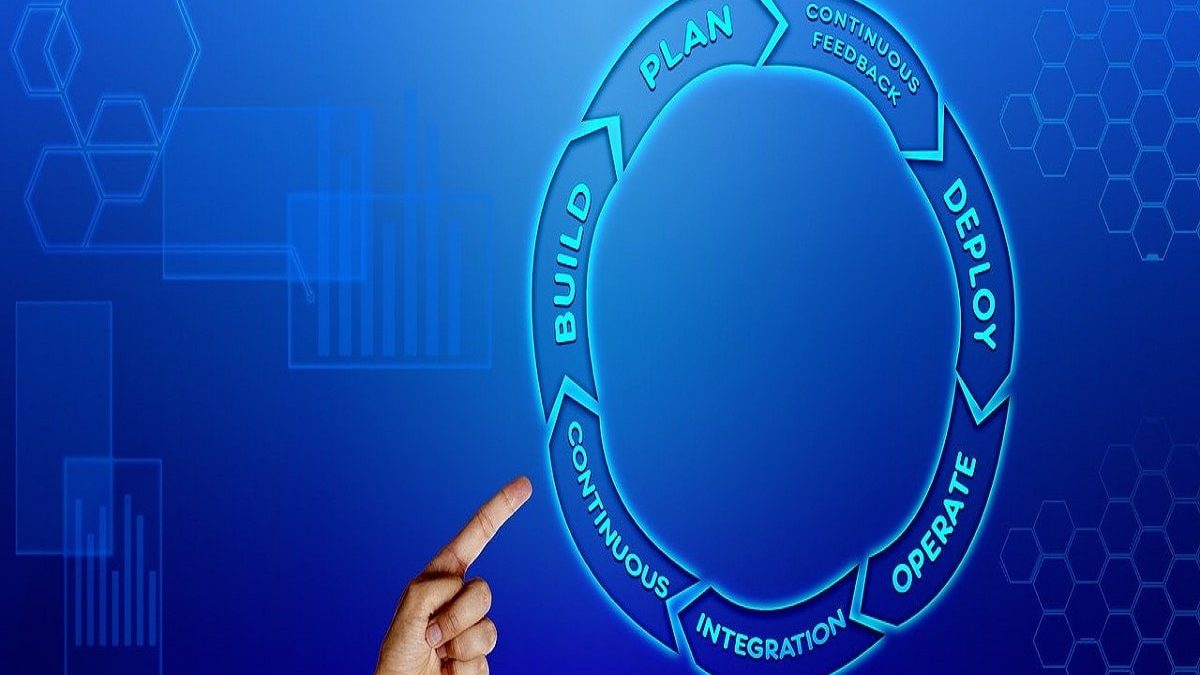The traditional waterfall approach is no longer suitable for modern software development projects – or most modern projects for that matter. Today is the era of Agile, where iterations are quicker and development cycles are stronger. Businesses focusing more on Agile Methodology for Mobile App Development.
Agile offers some clear advantages compared to other methodologies. For starters, tasks are divided into smaller chunks to make them more manageable. Project definition and requirements are also made clear from the beginning to make KPIs easier to achieve.
Still, switching to Agile isn’t always easy. There are challenges to overcome and changes to be made before you can integrate the new workflow into your projects. To help you overcome the challenges, here are the best tips and tricks to keep in mind.
Table of Contents
Know the Benefits
Before you begin implementing Agile as a way to organize projects and workflows, it is important that you fully understand the benefits of Agile as a methodology. Agile isn’t a methodology for everyone; identifying its benefits allows you to decide whether the methodology suits your team perfectly.
Agile does offer some interesting benefits. The Plan-Do-Check-Act approach incorporated by its methodology allows the entire team to work seamlessly, aim for high objectives, and review processes in a concurrent way.
The integration of Agile also makes assigning tasks and managing resources easier. Since clear goals are defined early, team members can take ownership of relevant tasks and work together for a common set of objectives.
At the same time, [Agile] lets you limit errors by shortening the development cycle. In a software development project, implementing [Agile] means sticking to a limited number of objectives (i.e. new features) to achieve and focusing more on delivering quality products to users.
That is perhaps the biggest advantage of Agile: its attention to customer satisfaction. Agile relies on customer insights to make sure that every cycle is effective. There is no wasted effort or resources in an Agile project.
Prepare the Team
One of the biggest obstacles to overcome when implementing Agile as a methodology is getting all team members involved. It is important that every team member is in the right mindset if you want to have a truly agile development team.
An issue worth addressing is the lesser control managers have under the Agile principles. Managers no longer have to direct everything from start to finish. Instead, they need to be parts of the project cycle and make real contributions to the team.
Other team members, on the other hand, are empowered by the added freedom to take ownership of tasks. Every team member can be more actively involved in suggesting solutions, driving the course of the development project, and making sure that KPIs are met.
A team that is ready to work quickly and effectively is a team ready for Agile implementation. Transitioning from linear project management to Agile cycles is a lot easier when everyone is committed to a new way of doing things.
Incorporate the Right Tool
Agile isn’t a standalone methodology. In fact, it is designed to be flexible so that any organization – and any type of project – can use the methodology as part of its workflows. When implementing Agile, one of the tasks you also have to complete is choosing the right tool to use.
A modern Kanban board is the solution for most organizations. The nature of the Kanban system and the way digital Kanban boards work makes Kanban very suitable for the implementation of an Agile workflow. Tools like Kanbanize are definitely worth looking into.
In the case of Kanbanize, you have complete control over how the Kanban board is set up. You can customize the stages on the board, add details to individual cards, and make other adjustments. The result is a project management tool that matches your workflow; not one that forces you to adapt.
Kanbanize is also equipped with features that make internal communications more seamless. Communication is a key part of [Agile], so the fact that you can exchange messages, transfer files, and get everyone up to speed about the project on the same platform is a huge plus.
The Agile Process Flow
Implementing Agile is an opportunity to optimize your workflow. You don’t have to wait until problems appear to make some changes to the way things are done. For example, you can incorporate testing from the beginning before you run into QA related issues.
Value stream mapping is an approach to try in this instance. You want to make sure that every task added to the project cycle brings actual value to the end customer. That’s how you know the workflow is highly optimized for maximum output.
There are still other challenges to overcome before the Agile methodology can be implemented successfully. The tips and tricks we discussed in this article, however, will help you cover the basics and allow you to implement Agile quickly. Once team members are used to faster, more targeted cycles, optimizing the rest of the process becomes easier.

